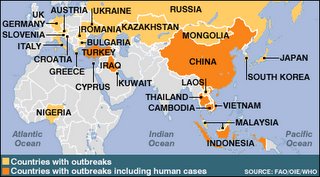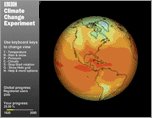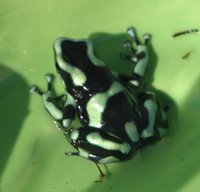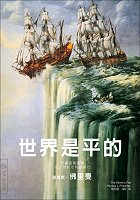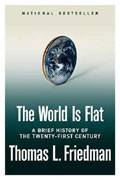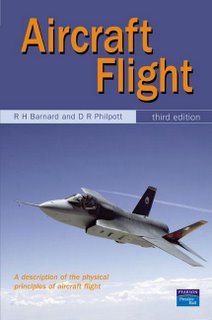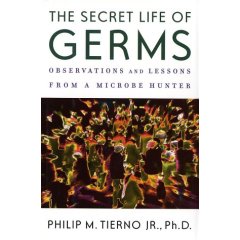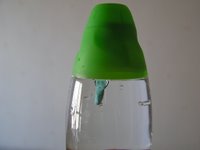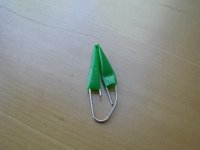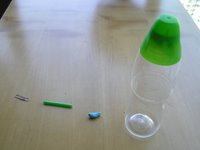I attended a seminar on ‘Analysis of students' performance in CE Biology 2005’ last month. The question and answer section of the programme reminds me of the importance of information literacy in teaching profession.
During the Q&A section, some teachers questioned whether breast milk contains enzymes or not . A professor from the faculty of Education (CUHK) insisted on the lack of enzyme in breast milk, but some teachers argued that enzymes like lipase and lactase could be found and information of this kind is available on the Internet.
In today's highly connected world, all information is available at the finger tip and is easily accessible within a few 'clicks'. In the era of 'Googlization', no one can dominate the source of information even the experts. Instead of serving as information providers, teachers should change their roles as facilitators and help students to become information literate.
Information literacy(IL) is common to all disciplines, to all learning environments and to all levels of education. It enables learners to master content and extend their investigations, become more self-directed, and assume greater control over their own learning.
In the digital era of rapid technological change and proliferating information sources, IL forms the basis for lifelong learning.
Are you ready for the challenge? Please refer to the following checklist to see if you are information literate.
An information literate person is one who:Recognizes that accurate and complete information is the basis for intelligent decision making
Recognizes the need for information
Formulates questions based on information needs
Identifies potential sources of information
Develops successful search strategies
Accesses sources of information including computer-based and other technologies
Evaluate information
Organizes information for practical application
Integrates new information into an existing body of knowledge
Uses information in critical thinking and problem solving
Seven faces of information literacy
Information literacy experienced as:
1. Using IT for information retrieval and communication
2. Finding information located in information sources
3. Using information processes for problem-solving, decision making
4. Controlling information (recognizing & managing relevant information; making connections between information, projects, people)
5. Constructing knowledge in an unfamiliar area
6. Extending knowledge
7. Using information wisely
If you are eager to develop you information literacy, please visit the following website and try the interactive tutorial. You may log in via the guest account.
http://tilt.lib.utsystem.edu/For more resources on information literacy, please visit
http://www.du.edu/~miclark/tutorial/資訊素養
維基百科,自由的百科全書
http://zh.wikipedia.org/wiki/%E8%B3%87%E8%A8%8A%E7%B4%A0%E9%A4%8A知識管理
http://zh.wikipedia.org/wiki/%E7%9F%A5%E8%AF%86%E7%AE%A1%E7%90%86資訊素養 Information literacy
http://www.lib.pu.edu.tw/~jiang/lib-science/info-literacy.htmThe University of Hong Kong Libraries
http://lib.hku.hk/
